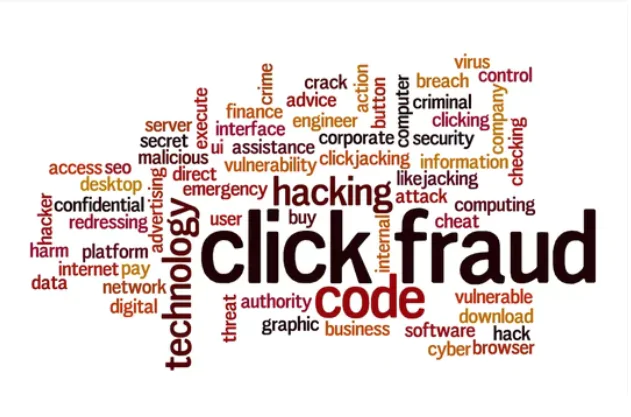Understanding Click Fraud: Types, Impact, and Detection Techniques
Types of Click Fraud
Manual Click Fraud: This involves individuals or groups manually clicking on ads with the intent to deceive advertisers. These clicks are typically performed by humans, often hired for the purpose of generating artificial traffic.
Automated Click Fraud: Also known as bot-generated click fraud, this type involves the use of automated scripts or bots to click on ads. Bots can simulate human-like behavior, making it difficult for traditional detection methods to differentiate between legitimate and fraudulent clicks.
Competitor Click Fraud: In this scenario, competitors intentionally click on a rival’s ads to deplete their advertising budget or to drive up their advertising costs. This tactic aims to undermine the effectiveness of a competitor’s campaign.
Click Farms: Click farms are operations where individuals or groups are paid to click on ads repeatedly. These farms often operate in regions with low labor costs and can generate large volumes of fraudulent clicks.
Ad Fraud Networks: Sophisticated fraud networks may employ a combination of manual and automated methods to perpetrate click fraud on a larger scale. These networks may involve multiple actors working together to generate fraudulent clicks across various platforms and websites.
Impact of Click Fraud
Financial Losses: Advertisers can incur substantial financial losses due to click fraud, as they are charged for each click on their ads regardless of whether the click leads to a conversion or not. Fraudulent clicks can quickly deplete advertising budgets and diminish ROI.
Decreased ROI: Click fraud distorts key metrics such as click-through rates (CTR) and conversion rates, making it difficult for advertisers to accurately measure the effectiveness of their campaigns. This can lead to misinformed decision-making and diminished ROI.
Reputation Damage: Advertisers whose campaigns are targeted by click fraud may suffer reputational damage if their ads appear on low-quality websites or are associated with fraudulent activity. This can erode consumer trust and tarnish brand reputation.
Wasted Resources: Dealing with click fraud requires significant time and resources to detect, mitigate, and prevent. Advertisers may need to invest in specialized tools and technologies to combat click fraud effectively, diverting resources away from other strategic initiatives.
Detection Techniques
Anomaly Detection: Analyzing patterns of click activity can help identify anomalies indicative of click fraud, such as unusually high click volumes from specific IP addresses or geographic regions.
Behavioral Analysis: Monitoring user behavior and engagement metrics can help differentiate between legitimate and fraudulent clicks. For example, clicks that result in immediate bounces or exhibit patterns of repetitive clicking may be flagged as suspicious.
IP Address Filtering: Implementing IP address filtering can block clicks originating from known sources of fraudulent activity, such as click farms or bot networks.
Click Fraud Monitoring Services: Utilizing third-party services specializing in click fraud detection can provide advertisers with real-time monitoring and alerts for suspicious click activity.
Manual Review: Human oversight remains an essential component of click fraud detection, especially for identifying more sophisticated forms of fraud that may evade automated detection systems.
In the battle against click fraud, advertisers need reliable tools and technologies to protect their campaigns effectively. ClickFraudFree is a cutting-edge software tool designed to prevent click fraud and safeguard advertisers’ investments.
In an increasingly digital advertising landscape, click fraud remains a pervasive threat that undermines the integrity of online advertising ecosystems. However, with a comprehensive understanding of click fraud types, its impact, and advanced detection techniques, advertisers can proactively combat this threat.

